Functional Endoscopic Sinus Surgery (FESS) is used frequently for sinusitis and various intranasal operations with developing tools equipped with high technology. The tools and approaches used in this surgery can vary from disease to disease.
Functional Endoscopic Sinus Surgery (FESS) is used the most for diseases and lots of operations such as nasal polyposis, chronic sinusitis, benign or malignant diseases in the nose, concha reduction and correction of intranasal curvatures. Especially in the last years this surgery use has expanded highly.
With the help of endoscopes attached to the camera and positioned at different angles, and micro tools it can be entered the nostrils without an incision and the operation can be performed.
After these operations are performed, tampons are not applied to the patients. The patient is discharged after a day of rest in the hospital.
What is Functional Endoscopic Sinus Surgery (FESS)
Functional Endoscopic Sinus Surgery (FESS) is a type of surgery using precision tools in a critical and non-direct view area while watching the images obtained from endoscopic systems through a monitor. Today, lots of diseases can be cured thanks to these surgeries performed with this method.
The most frequent application of Functional Endoscopic Sinus Surgery is chronic sinusitis that does not respond to drug treatment. During these operations the polyps and inflamed tissues in the sinuses are cleaned, the ducts are opened and the concha is reduced.
Functional Endoscopic Sinus Surgery has been frequently used by specialist surgeons lately. According to a research, Functional Endoscopic Sinus Surgery is performed in the United States more than 200,000 people a year for sinusitis.
Which Department Deals with Functional Endoscopic Sinus Surgery?
Functional Endoscopic Sinus Surgery (FESS) the question of which area deals with, is asked many times and an answer is sought. In order to have surgery with the Functional Endoscopic Sinus Surgery you need to be examined first. After the examination depending on the diagnosis displayed after the examination, if the specialist physician deems it necessary, your surgery is performed by making use of this surgery.
In order to get examined you will need to make an appointment with the otolaryngology (ENT) unit of the hospitals. A you can dial ALO 182 by calling the line, you can also use the MHRS website. Thus, you can be examined going to the hospital on a scheduled day and make it diagnosed.
If your doctor makes a diagnosis that the surgery should be performed using Functional Endoscopic Sinus Surgery as a result of their examination, your surgery will be performed on the given date. However, patients are usually tried to be cured with drug therapy at first. Patients who do not respond to drug therapy are taken to surgery without wasting time.
What is the Functional Endoscopic Sinus Surgery Operation?
Functional Endoscopic Sinus Surgery Operation is performed aimed to cure the diseases such as sinus tumors, chronic sinusitis, inverted papilloma, cerebrospinal fluid leak repair, intranasal tumors and nasal polyposis. This surgery lasts between 1-2 hours depending on the patient’s condition and the difficulty of the surgery. After the surgery tampon or stitches are not applied.
It can be said that this surgery is pretty hard as the eye, cerebral cortex, artery and optic nerve are located around the sinuses. Thus, the specialist and experienced surgeons need to perform this surgery. However, thanks to the developing technology the success rate has increased compared to past years.
Functional Endoscopic Sinus Surgery Operations are performed in the treatment of diseases that do not respond to medication. If the specialist physician deems it necessary, they apply medication to the patient. If the patient does not improve at the end of this treatment, surgery is performed as a last resort. Finally, the Surgery of Functional Endoscopic Sinus Surgery is performed under general anesthesia.
How to Perform Functional Endoscopic Sinus Surgery Operation?
Before performing Functional Endoscopic Sinus Surgery Operation, the patient is put to sleep under general anesthesia. After that, the areas that are hard to reach are viewed with a camera through the nose and the surgery is completed without any incision.
During the Functional Endoscopic Sinus Surgery Operation, a special tool called microdebridor or balloon is used. The special tools used also significantly reduce the possibility of the patient encountering some complications during the surgery. This increases the success rate of the surgery.
There is no tampon use after this surgery that lasts about 1-2 hours. The patient should regularly use the medication given by the doctor and follow the recommendations. The patient who leads this process carefully will get well and cure from their diseases.
The Functional Endoscopic Sinus Surgery Operation with Microsurgery
The Functional Endoscopic Sinus Surgery (FESS) Operation is performed by specialist and experienced surgeons. Because, the surgery area is located near the organs and tissues that are vital. Thus, the Functional Endoscopic Sinus Surgery Operation requires great care and attention.
Only patients who are approved by the specialist can undergo Functional Endoscopic Sinus Surgery. Specialist physicians usually try to treat their patient with medication. Because, surgical operations can be dangerous at any angle. As a result, diseases that do not respond to medication are treated with surgical operations.
It is a great advantage not to use tampons and sutures in Functional Endoscopic Sinus Surgery operations. At the same time, since the patient will be under general anesthesia, they will not feel any pain and ache during the surgery. Although this method has been used in the field of health for many years, its use has increased considerably in recent years.
What are the Advantages of Functional Endoscopic Sinus Surgery with Microsurgery?
Functional Endoscopic Sinus Surgery (FESS) gives some advantage to the patients. These advantages are:
- The patient does not feel any pain or ache since they are put to sleep under general anesthesia.
- Complication risk is very little.
- There is not much bleeding or pain since the tissues are not harmed.
- The probability of recurrence of the disease is very low.
- The patient can return to their daily life in a short time like 1 day after the surgery.
- Since the areas that are hard to reach are displayed, the probability of a wrong move is very low.
- After the operation, all the complaints of the patient will disappear.
- The patient will breathe so much easier.
- Inflamed tissues and polyps will be completely removed.
- It does not impair the functions of organs and tissues.
- Since there is no suture, there will be no suture marks.
- Effective full cleaning is achieved as invisible areas can be visualized.
- The probability of the operation being successful is very high.
- The patient's recovery time is noticeably shortened.
Functional Endoscopic Sinus Surgery operations provide these advantages to the patients and the specialist team performing the operation. After the operation, the patient will return to a healthy life in a short time if they follow the recommendations and are careful.
Post-Functional Endoscopic Sinus Surgery Operation with Microsurgery
After the Functional Endoscopic Sinus Surgery Operation, it is normal to have a stuffed nose within the 48 hours. The medication the doctor will give you should be used regularly within the given time. If the doctor recommends, nasal sprays can be used.
It will be harmful to clean the nose by blowing for 4-6 weeks after the operation. Also, snorting tap water is also dangerous. Besides all, scabbing and dryness in the nose can occur. This can be normal. It can be cleaned with the doctor’s recommendations.
The patient should go to the controls and dressings regularly for a certain period of time. The patient can return to their daily life within 1 day after the surgery, but 2-6 weeks are required for a complete recovery. After this period, the disease and the negativities of the operation will disappear.
It is very important for the patient to use their medications regularly after the surgery and to go to the controls. If these are disrupted, patients may face various problems. For this reason, you should follow the recommendations and never interrupt the program. After the surgery, your doctor will give you all the necessary information and warn you about various issues.
Resources:


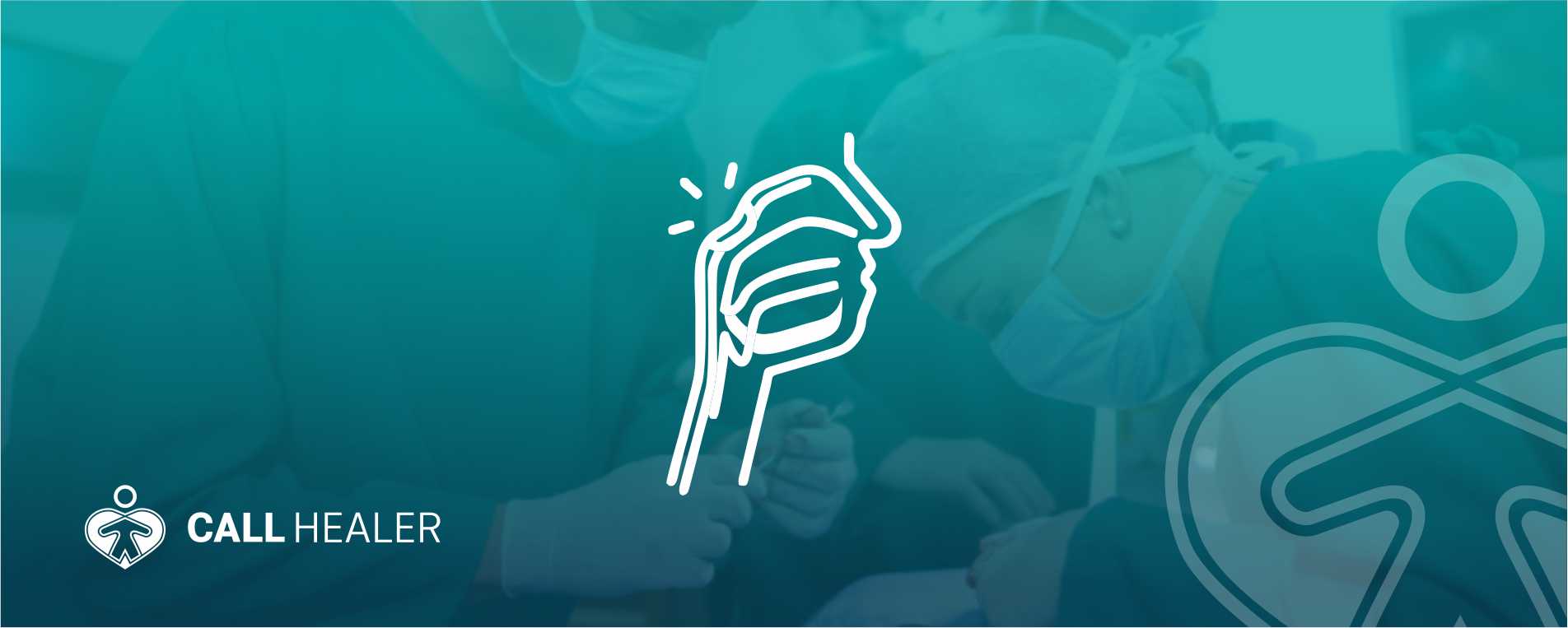
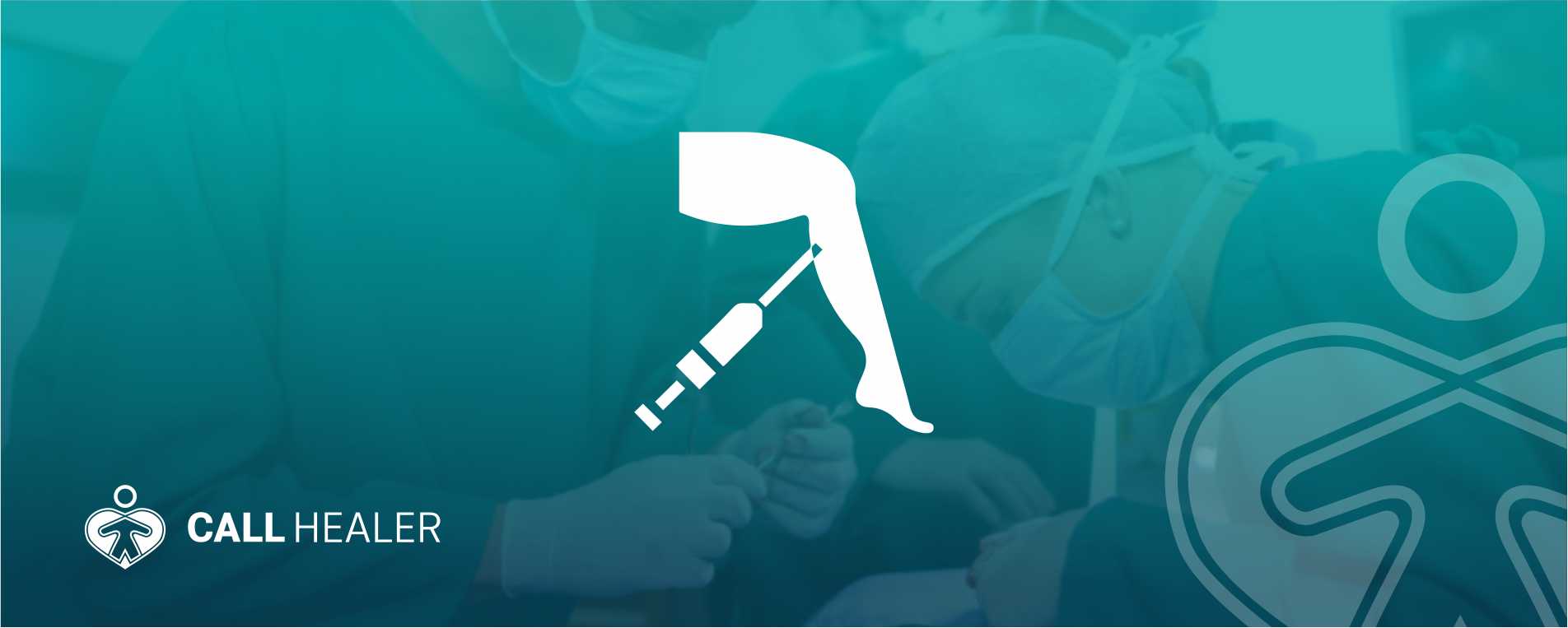

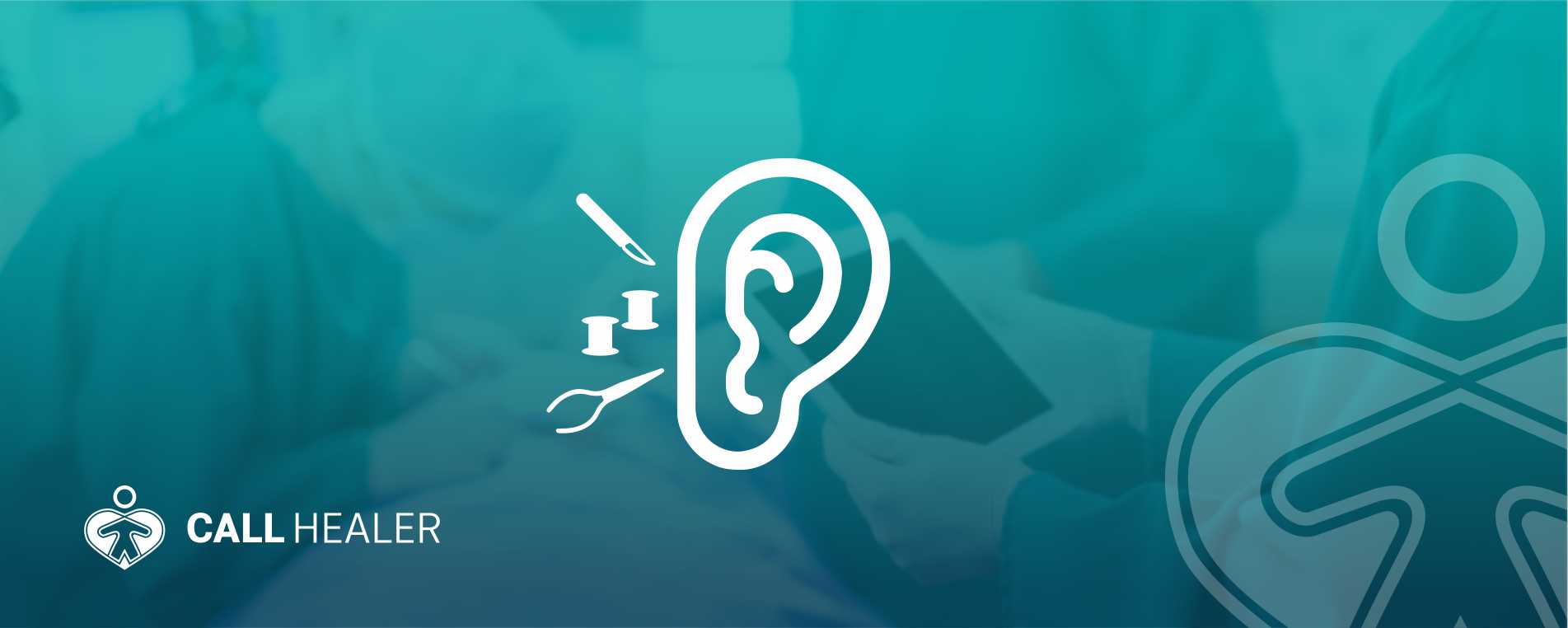
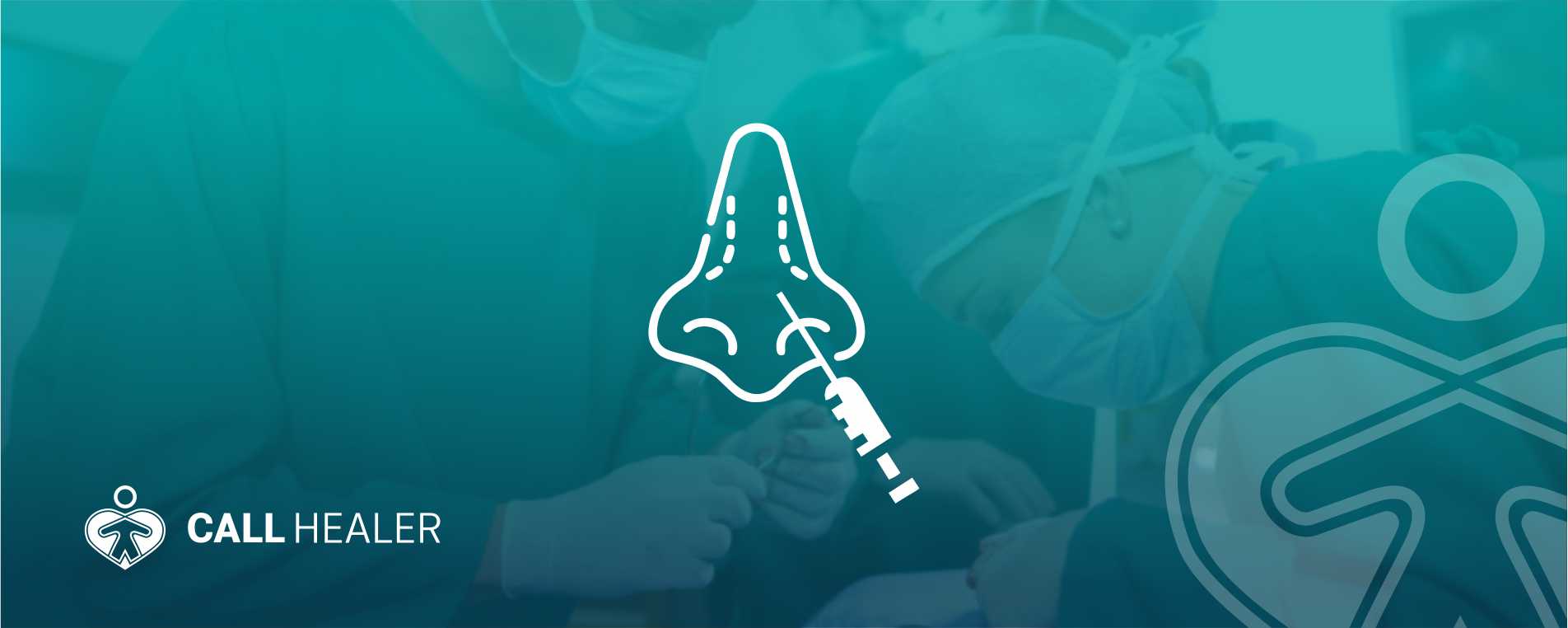


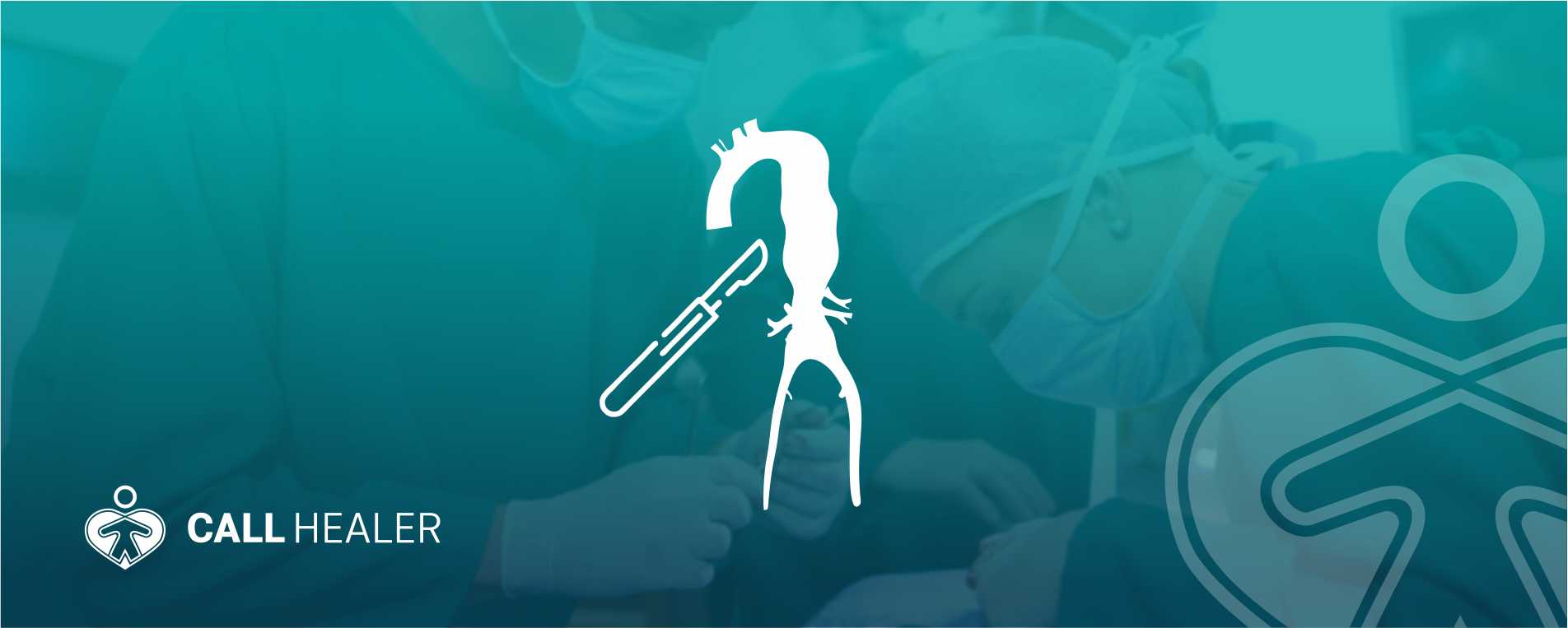
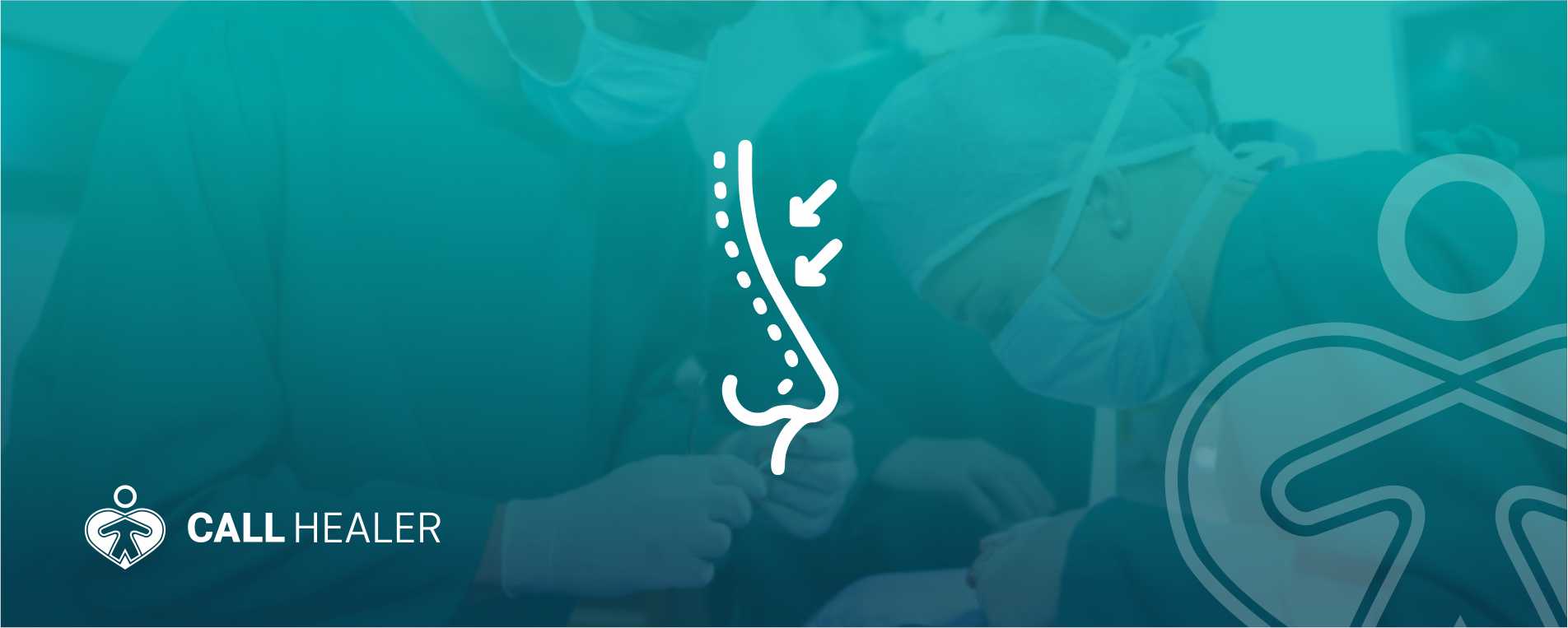
{{translate('Yorumlar')}} ({{yorumsayisi}})